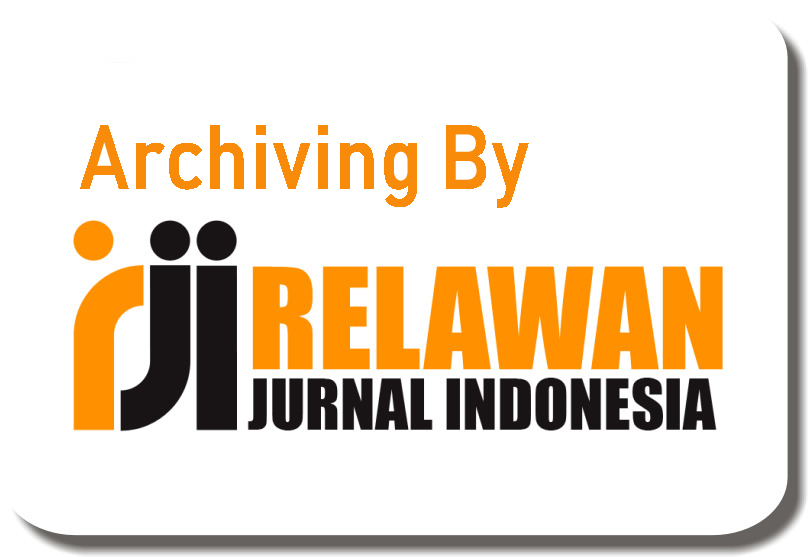Improving Students’ Ability in Memorizing Quran through Talqin, Tikrar, and Muraja'ah Method at Grade 4 of State Elementary School 2 Bataraguru
Abstract
Keywords
Full Text:
PDFReferences
Al-Attas, S. M. N. (1979). Aims and objectives of Islamic education. King Abdul Aziz University.
Al-Hafizh, A. W. (2017). Metode cepat menghafal Al-Qur’an. Pustaka Al-Hafizh.
Azim. (2016). Challenges and efforts in learning tahfidz Al-Qur’an in elementary schools. Journal of Islamic Education, 5(2).
Dewi, D. S. (2023). Application of the muraja’ah method in memorizing the Qur’an for students of SDIT Al-Ihsan Parigi, Parigi Regency, Mouting [Undergraduate thesis, State Islamic University Parigi].
Fauziyah. (2018). Muraja’ah method in strengthening Al-Qur’an memorization in schools. Journal of Islamic Education, 7.
Husna, A. (2020). The role of tahfidz program in developing student character in Islamic elementary schools. Jurnal Pendidikan Islam, 6(2), 145–158.
Mashuri, I., Muftiyah, A., & Nafisah. (2022). The tikrar method in memorizing the Qur'an: Approach and implementation. Journal of Islamic Education, 8, 50–60.
Nasr, S. H. (2002). The heart of Islam: Enduring values for humanity. HarperOne.
Nurdiyanto, N., Tauviqillah, A., Hafidz, H., & Karman, K. (2023). The essence of knowledge from the perspective of the Qur'an: Analysis of Surah al-Mujadalah verse 11 and Shad verse 29. Fitrah: Journal of Islamic Education, 4(2), 286–305.
Rahmawati, D., & Hasan, M. (2021). Factors influencing Qur’anic memorization ability among primary students. Journal of Islamic Education Studies, 9(1), 88–96.
Sa’dulloh. (2022). 9 quick ways to memorize the Qur'an. Human Echo.
Wijaya, A. (2009). Practical guidance for memorizing the Qur'an. Bumi Aksara.
Yusuf, M. (2019). Innovative approaches in teaching Qur’an memorization for young learners. International Journal of Early Childhood Islamic Education, 3(1), 45–59.
Zainuddin, A. (2018). Strategi pembelajaran tahfidz Al-Qur’an di lembaga pendidikan Islam. Jurnal Pendidikan Islam, 6(1), 88–96.
Zainuddin, A. (2019). Indicators of the ability to memorize the Qur'an in Islamic education. Journal of Education and Learning of the Qur'an, 4.
Zamani, Z. (2022). Quick method of memorizing the Qur'an. Al-Barokah, 13.
DOI: https://doi.org/10.31004/jele.v10i3.879
Refbacks
- There are currently no refbacks.
Copyright (c) 2025 Diana Karisma, La Jusu, Basri Basri

This work is licensed under a Creative Commons Attribution-ShareAlike 4.0 International License.



